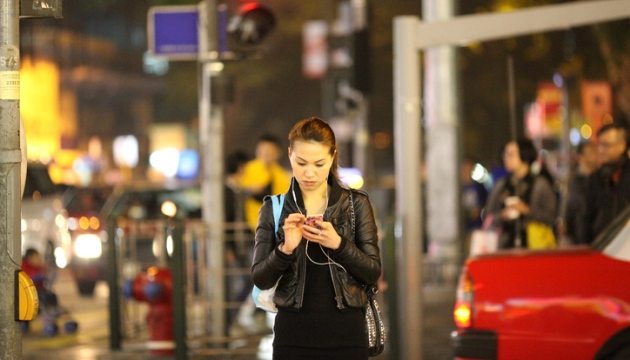Color experts picked blue as the 2020 color of the year, but BCD Travel predicts the business travel industry will prefer green. That’s green, as in sustainable travel and climate-neutral journeys. In its new online report, How to Travel Beyond 2020, BCD identifies and explains the sustainability and mobility trends for 2020 and beyond, including autonomous cars, the growing prevalence of robots at airports and hotels, and electric-powered flights.
Clean transportation solutions not so far away
The transport and mobility industry has taken on the challenge and is busy working to solve the sustainability puzzle. Some solutions may even be available next year, predicted Miriam Moscovici, senior director of Research & Innovation at BCD. “Humans managed to reduce extreme poverty worldwide by half over the past 20 years. Eighty percent of people around the globe now have access to electricity,” she said. “If humans can achieve this, imagine what we can do to help both travel and the environment thrive. The solution to sustainable mobility systems and fast, clean transportation could be just around the corner.”
Research shows that every dollar spent on business travel results in US$12.50 in incremental revenue, and prospective clients are 50% more likely to sign a contract after an in-person meeting. “We’re traveling more than ever before. The number of international flights rose to 1.4 billion in 2018, two years sooner than predicted and the global economy is still growing,” said Mike Janssen, global chief operating officer and chief commercial officer at BCD. “In our partnership with clients, our role is to help customers accomplish their business objectives while also providing them with the tools and information to reduce the impact that air travel has on climate change.”
What can businesses and travelers do right now? Some useful tips
While the travel and transportation industry focuses on next-generation technology, companies and their travelers can act now to reduce the climate impact of business trips. BCD experts focused on sustainability offer some advice:
- Assess your organization’s sustainability efforts with the Sustainability in Travel Self-Assessment Tool. Created by the Global Business Travel Association and BCD, it allows travel managers to measure 10 areas of travel program sustainability to identify strengths and weaknesses. The tool provides recommendations for improvement.
- Carefully consider whether meeting in person is necessary or if alternatives to air travel are available that can help you reduce your CO2 Internal meetings that don’t boost sales or the bottom line are a good place to start using virtual collaboration and reducing trips.
- If flying is necessary, consider offsetting the impact of your business travel by calculating the cost of your CO2 emissions and donating that amount to sustainable energy projects around the globe. BCD’s DecisionSource® lets you report on your company’s Air Emissions and provides summaries that can be used for CO2 compensation.
- Engage business travelers and raise their awareness by using tools like TripSource® to share tips on making business trips more sustainable—such as choosing eco-label hotels, combining several appointments on one business trip, renting electric cars or using public transportation.
- Get more inspiration by reading BCD’s seven steps for greater sustainability.
What else to expect in 2020
In addition to environmentally friendly initiatives, BCD has identified other trends sure to affect business travel. The continued development of autonomous cars could allow business travelers to spend their time as passengers preparing for meetings, rather than as drivers who must keep their eyes on the road. Urban air mobility solutions like an autonomous flying taxi could truly take mobility a few levels higher and resolve increasing traffic problems. The renewed interest in space travel could lead to innovations that reduce long-haul travel time to almost a tenth. Robots popping up in airports and hotels could improve business travel experiences.

